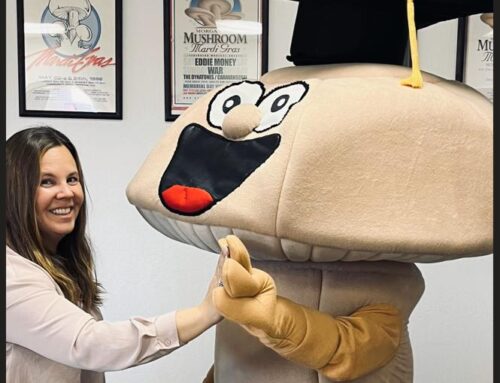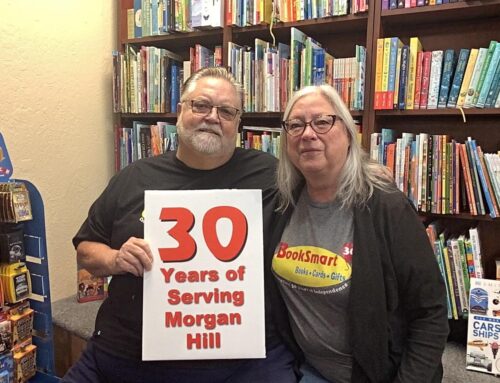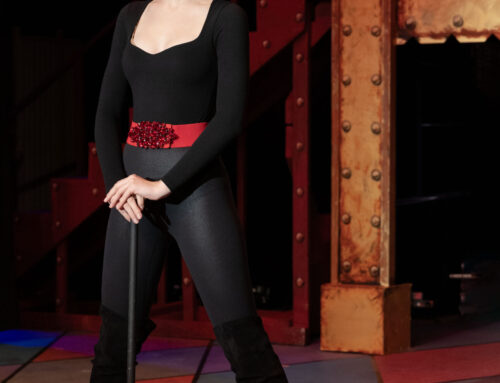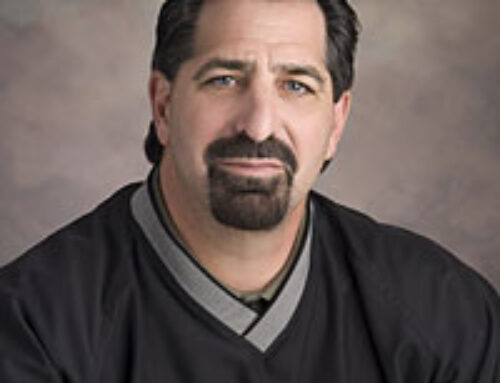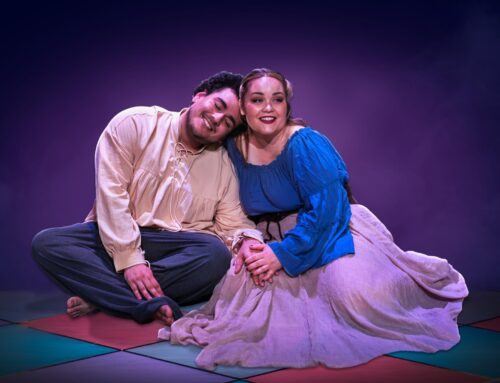Jordan Rosenfeld writes stories with complexities of human behavior
Published in the July 8-21, 2015 issue of Morgan Hill Life
By Staff Report

Jordan Rosenfeld
A single mother is drawn into a dark and dangerous underworld of ballet in local author Jordan Rosenfeld’s psychological thriller “Women in Red.” She invites the Morgan Hill community to join her in launching her third novel 2 p.m. Saturday June 25 at BookSmart.
Rosenfeld and her husband Erik moved to Morgan Hill from Petaluma about nine years ago when he took a job in San Jose. They left behind a deeply-rooted community so it was a difficult adjustment at first. But once their son Ben was born two years after moving here, she found it easier to connect to the community and now can’t imagine living anywhere else, she said.
Rosenfeld’s other novels are “Forged in Grace” and “Night Oracle. She has several published writing guides: “A Writer’s Guide to Persistence, Make a Scene,” “Write Free” (with Rebecca Lawton) and “Writing Deep Scenes” (with Martha Alderson). She has had her articles and essays published in various publications including the New York Times and The Washington Post.
Morgan Hill Life asked Rosenfeld about her latest novel and her life as story-teller.
How did you get started as a writer and how did you develop your fictionn story-telling skills as an author?
I come from a family of book lovers. Most of us still choose books over other forms of entertainment. From the age of 8, when I wrote my first story “Precious Jade” — one part soap opera, one part mystery — being a writer was the only career I wanted to do. I always wrote, but I honed my professional skills in a liberal studies program in college (and read voraciously), and then co-founded “HER Magazine” with a college friend. From there I freelanced for local Sonoma County magazines and newspapers, writing about arts and entertainment in my community, and have continued to freelance ever since.
How did you come up with the idea for “Women in Red” and how did you do your research in developing the characters and the plot?
I’ve always been fascinated by secret societies and sociopaths, elements of which can be found in this novel. But it would never have come to be centered in the world of dance if I hadn’t taken a dance class here in Morgan Hill taught by fitness instructor Suzi Sellers — her wild enthusiasm inspired me to delve deeply into the fascinating world of dancers. I think kinesthetic intelligence is a little understood talent, and the people who pursue dance are often complex, obsessive, fiercely intelligent people. I interviewed several dancers, including a professional ballerina as research.
“Women in Red” is a psychological suspense story filled with mind games and secrets. This is your third thriller novel you’ve written. Why do you enjoy writing in this genre?
I had an unconventional upbringing, raised by my bohemian, intellectual parents and their artistic, literate friends in the ‘70s, when everyone was doing a lot of drugs and engaged in some pretty self-destructive behaviors (not me). I’m drawn to the complexities of human behavior, particularly how we act at our worst, and the lengths people go to distract themselves from pain, and to seek out pleasure, no matter how temporary.
Which writers might have influenced your writing style — particularly in the psychological thriller genre?
When I was a voracious teen reading everything I could get my hands on, there really wasn’t this huge “teen lit” genre that exists today, other than the Nancy Drew mystery series, which I devoured, and this awful cheesy series called Sweet Valley High. I mostly read adult fiction from as early as age 10 — Marion Zimmer Bradley, Joyce Carol Oates, John Fowles, and Stephen King.
You’ve written books on the craft of writing. What advice do you give young people who might want to write creatively such as short stories or novels?
The best advice for anyone who wants to start writing is to just start writing. I recommend writing in a genre you enjoy reading. Next, if you find you’re struggling, it’s worth taking a class or picking up a good “how-to” book. Otherwise, reading is the best education possible for how to write. Emulate the style and habits of other writers until you develop your own voice and style.


